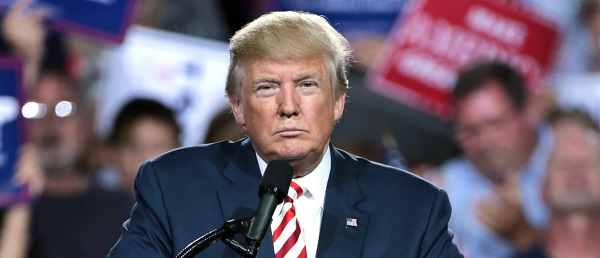COVID-19
Judge agrees with Tamara Lich’s counsel that saying ‘hold the line’ was not a call to insurrection
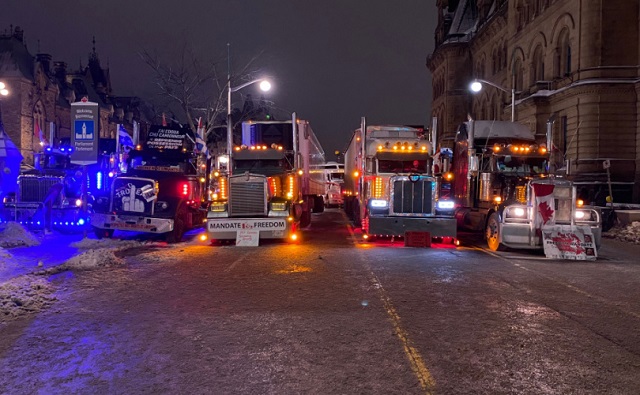
From LifeSiteNews
What the Freedom Convoy leader told truckers in the Ottawa anti-COVID jab mandate protest ‘could mean, stay true to your conscience and convictions,’ Judge Heather Perkins-McVey said on Day 29 of the trial
During the trial of Freedom Convoy leaders Tamara Lich and Chris Barber earlier this week, Lich’s legal counsel argued that her use of the rallying cry “hold the line” during the 2022 protests did not imply she was calling for people to engage in illegal activity.
Attorney Eric Granger said that his client had continually called for peaceful protests in her public statements, noting her social media presence as proof.
Granger then said that Lich’s “hold the line” statement could be interpreted in many ways.
Judge Heather Perkins-McVey agreed, saying, “It could mean, stay true to your conscience and convictions. “
On February 17-18, 2022, video footage emerged of Lich and Barber’s arrest by members of the Ottawa Police Service (OPS).
While being led away, Lich told truckers in the Ottawa anti-COVID jab mandate protest to “hold the line.”
On Day 29 of the trial, which took place on Tuesday, Granger again made it a point to the court that Lich and Barber should not be considered co-conspirators in their criminal trial.
As noted in a Day 29 trial update by The Democracy Fund (TDF), which is crowdfunding Lich’s legal costs, Granger referred to the court a video posted by Lich on February 16, 2022, in which she “appealed for love, respect, and prayers for police officers.”
“Drawing attention to a text exchange between Lich and Barber on February 17, 2022, Granger highlighted apparent disagreements between them regarding the statements made in the video,” the TDF noted.
“He submitted that this suggested Lich and Barber were not engaged in a common unlawful purpose, as required in the Carter test.”
The trial is currently at the stage when the defense counsel for Lich and Barber take turns calling witnesses before the court.
On Monday, which was Day 28 of Lich and Barber’s trial, the defense argued that a Crown request to make criminal charges against one leader apply to the other leaders should not be allowed because there is no evidence the pair worked in a conspiratorial manner.
The defense teams for Lich and Barber told the court they intended to bring forth two applications, the first being a call to dismiss the Crown’s “Carter application.”
The Crown’s so-called “Carter Application” asks that the judge consider “Barber’s statements and actions to establish the guilt of Lich, and vice versa,” TDF stated.
TDF noted that this type of application is very “complicated” and requires that the Crown prove “beyond a reasonable doubt” that there was a “conspiracy or plan in place and that Lich was a party to it based on direct evidence.”
Lich and Barber can’t be treated as a ‘single’ entity, lawyer argues
In court on Tuesday, Granger again emphasized the need for caution in treating “Lich and Barber as a single entity,” as noted by the TDF.
He told the court that he questioned the Crown’s “allegations of conspiracy, particularly in light of Barber’s diverse statements.”
He made it a point that there is no evidence Lich broke the law before her arrest. He argued that trying to interpret Lich’s “hold the line” statement as a call for violence is purely speculation, given that she has a known calm persona.
When it came to connecting Lich with Barber, Granger said there is no evidence “of Lich’s and Barber’s participation in Ottawa coexisting,” as noted by the TDF.
Multiple convoys took to Ottawa organized by various individuals. Granger told the court that the Crown’s evidence fell short for it to make a case for use of the Carter application and urged the court to dismiss it.
Barber’s lawyer stresses that evidence shows protests were peaceful and there was no ‘conspiracy’
Barber’s lawyer, Diane Magas, began her submissions before the court Tuesday and called into question the Crown’s material submissions concerning the date when an alleged agreement to conspire between Lich and Barber took place.
She noted the different legal definitions of riot and unlawful assembly, “arguing that the evidence overwhelmingly contradicted any tumultuous activity during the convoy protest,” as mentioned by the TDF.
“She highlighted numerous text messages and social media statements made by Barber and Lich, with no indication of an agreement for unlawful purposes. She asserted the legality of actions such as setting up a GoFundMe account and obtaining fuel for trucks. Magas emphasized the peaceful nature of the protests and the absence of evidence linking Barber and Lich to any unlawful plan.”
Magas again stressed that when looking at text exchanges and Barber’s public statements, and the fact he had cooperated with police, there was no agreement between the two to engage in an unlawful purpose.
Lich and Barber are facing multiple charges from the 2022 protests, including mischief, counseling mischief, counseling intimidation and obstructing police for taking part in and organizing the anti-mandate Freedom Convoy. As reported by LifeSiteNews at the time, despite the non-violent nature of the protest and the charges, Lich was jailed for weeks before she was granted bail.
Last week, on Day 27 of the trial, Lich and Barber’s legal counsel argued that the Crown to date has not been able to prove the organizers participated in a conspiracy to break the law or encourage others to break the law, and that therefore the case should be tossed altogether. The defense’s application came after the Crown abruptly decided to end its case last Monday, telling the court it would not call forth any new witnesses.
In early 2022, the Freedom Convoy saw thousands of Canadians from coast to coast come to Ottawa to demand an end to COVID mandates in all forms. Despite the peaceful nature of the protest, Prime Minister Justin Trudeau’s government enacted the Emergencies Act on February 14.
During the clear-out of protesters after the EA was put in place, one protester, an elderly lady, was trampled by a police horse, and one conservative female reporter was beaten by police and shot with a tear gas canister.
Lich and Barber’s trial has thus far taken more time than originally planned. LifeSiteNews has been covering the trial extensively.
COVID-19
Canadian Health Department funds study to determine effects of COVID lockdowns on children

From LifeSiteNews
The commissioned study will assess the impact on kids’ mental well-being of COVID lockdowns and ‘remote’ school classes that banned outdoor play and in-person learning.
Canada’s Department of Health has commissioned research to study the impact of outdoor play on kids’ mental well-being in light of COVID lockdowns and “remote” school classes that, for a time, banned outdoor play and in-person learning throughout most of the nation.
In a notice to consultants titled “Systematic Literature Reviews And Meta Analyses Supporting Two Projects On Children’s Health And Covid-19,” the Department of Health admitted that “Exposure to green space has been consistently associated with protective effects on children’s physical and mental health.”
A final report, which is due in 2026, will provide “Health Canada with a comprehensive assessment of current evidence, identify key knowledge gaps and inform surveillance and policy planning for future pandemics and other public health emergencies.”
Bruce Squires, president of McMaster Children’s Hospital of Hamilton, Ontario, noted in 2022 that “Canada’s children and youth have borne the brunt” of COVID lockdowns.
From about March 2020 to mid-2022, most of Canada was under various COVID-19 mandates and lockdowns, including mask mandates, at the local, provincial, and federal levels. Schools were shut down, parks were closed, and most kids’ sports were cancelled.
Mandatory facemask polices were common in Canada and all over the world for years during the COVID crisis despite over 170 studies showing they were not effective in stopping the spread of COVID and were, in fact, harmful, especially to children.
In October 2021, then-Prime Minister Justin Trudeau announced unprecedented COVID-19 jab mandates for all federal workers and those in the transportation sector, saying the un-jabbed would no longer be able to travel by air, boat, or train, both domestically and internationally.
As reported by LifeSiteNews, a new report released by the Justice Centre for Constitutional Freedoms (JCCF) raised alarm bells over the “harms caused” by COVID-19 lockdowns and injections imposed by various levels of government as well as a rise in unexplained deaths and bloated COVID-19 death statistics.
Indeed, a recent study showed that COVID masking policies left children less able to differentiate people’s emotions behind facial expressions.
COVID vaccine mandates and lockdowns, which came from provincial governments with the support of the federal government, split Canadian society.
COVID-19
Ontario student appeals ruling that dismissed religious objection to abortion-tainted COVID shot

From LifeSiteNews
An Ontario Tech University student is seeking judicial review after the Human Rights Tribunal of Ontario ruled his beliefs did not qualify as protected ‘creed.’
An Ontario university student who was punished for refusing the COVID shot is contesting a tribunal ruling that rejected his religious objection to the vaccine.
In a November 28 press release, the Justice Centre for Constitutional Freedoms (JCCF) announced that a judicial review has been filed on behalf of former Ontario Tech University student Philip Anisimov after his religious objection to the COVID vaccine was dismissed by an Ontario court.
“Mr. Anisimov’s objection to the Covid vaccine was deeply rooted in his religious commitment to live according to biblical precepts,” Constitutional lawyer Hatim Kheir declared. “He hopes the Divisional Court will clarify that his religious objection was protected by the Human Rights Code and entitled to protection.”
In 2021, Ontario mandated that all students in the province show proof of vaccination unless they had an exemption or agreed to attend a COVID jab education session boasting about the shots. The third option was not available at Ontario Tech University, as schools could choose whether or not they would offer such a program to students.
Anisimov had requested an exemption from the experimental, abortion-tainted COVID shots on religious grounds but was denied and deregistered from his courses.
He was then forced to spend an entire extra year to complete his studies. According to his lawyers, Ontario Tech University’s decision to not approve his COVID jab exemption request “not only disrupted his career plans but also violated his right to be free from discrimination on the basis of religion, as protected by the Ontario Human Rights Code.”
The university’s refusal to honor his exemption prompted Anisimov to take legal action in April with help of the JCCF. However, the Human Rights Tribunal of Ontario rejected his religious objection, arguing that it was not protected as a “creed” under the Ontario Human Rights Code.
Now, Anisimov is appealing the ruling, hoping that his case will serve as a precedent for justice for students who were discriminated against for refusing the abortion-tainted vaccine.
“My hope is that this case helps set an important precedent and encourages Canadians to reflect on the direction our society is taking,” he explained. “My trust is that God does all things for the good of those who love Him, who are called by His purposes.”
COVID vaccine mandates, as well as lockdowns that came from provincial governments with the support of the federal government, split Canadian society. The mRNA shots have been linked to a multitude of negative and often severe side effects in children.
Beyond health concerns, many Canadians, especially Catholics, opposed the vaccines on moral grounds because of their link to fetal cell lines derived from the tissue of aborted babies.
-

 Business2 days ago
Business2 days agoCanada’s climate agenda hit business hard but barely cut emissions
-

 Bruce Dowbiggin1 day ago
Bruce Dowbiggin1 day agoIntegration Or Indignation: Whose Strategy Worked Best Against Trump?
-

 Artificial Intelligence2 days ago
Artificial Intelligence2 days agoAI is accelerating the porn crisis as kids create, consume explicit deepfake images of classmates
-

 Business1 day ago
Business1 day agoCarney’s Toronto cabinet meetings cost $530,000
-
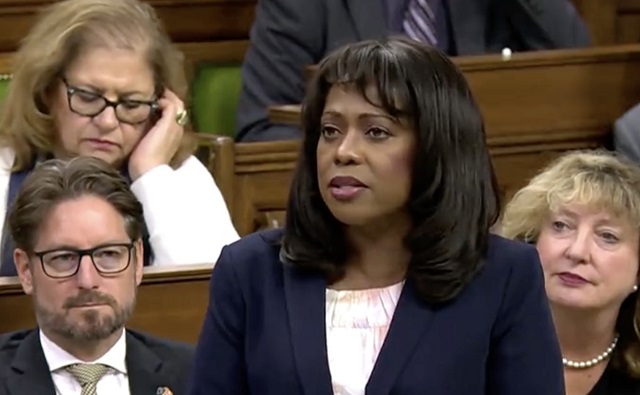
 Censorship Industrial Complex2 days ago
Censorship Industrial Complex2 days agoConservative MP Leslyn Lewis slams Liberal plan targeting religious exemption in hate speech bil
-
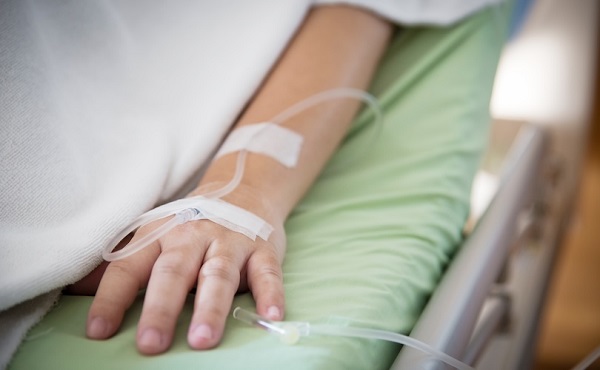
 Health2 days ago
Health2 days ago23,000+ Canadians died waiting for health care in one year as Liberals pushed euthanasia
-
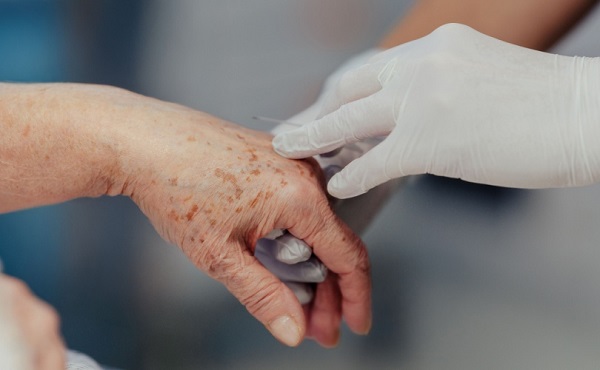
 MAiD1 day ago
MAiD1 day ago101-year-old woman chooses assisted suicide — press treats her death as a social good
-

 espionage1 day ago
espionage1 day agoDigital messages reportedly allege Chinese police targeted dissident who died suspiciously near Vancouver





